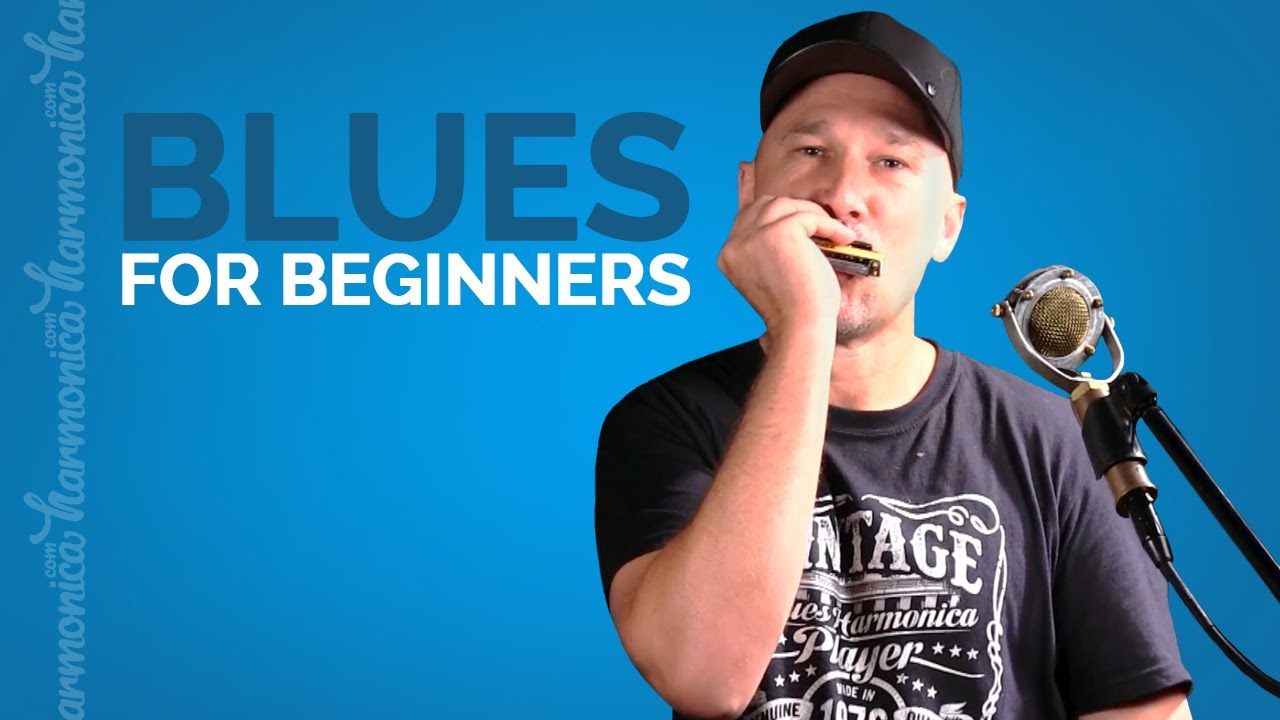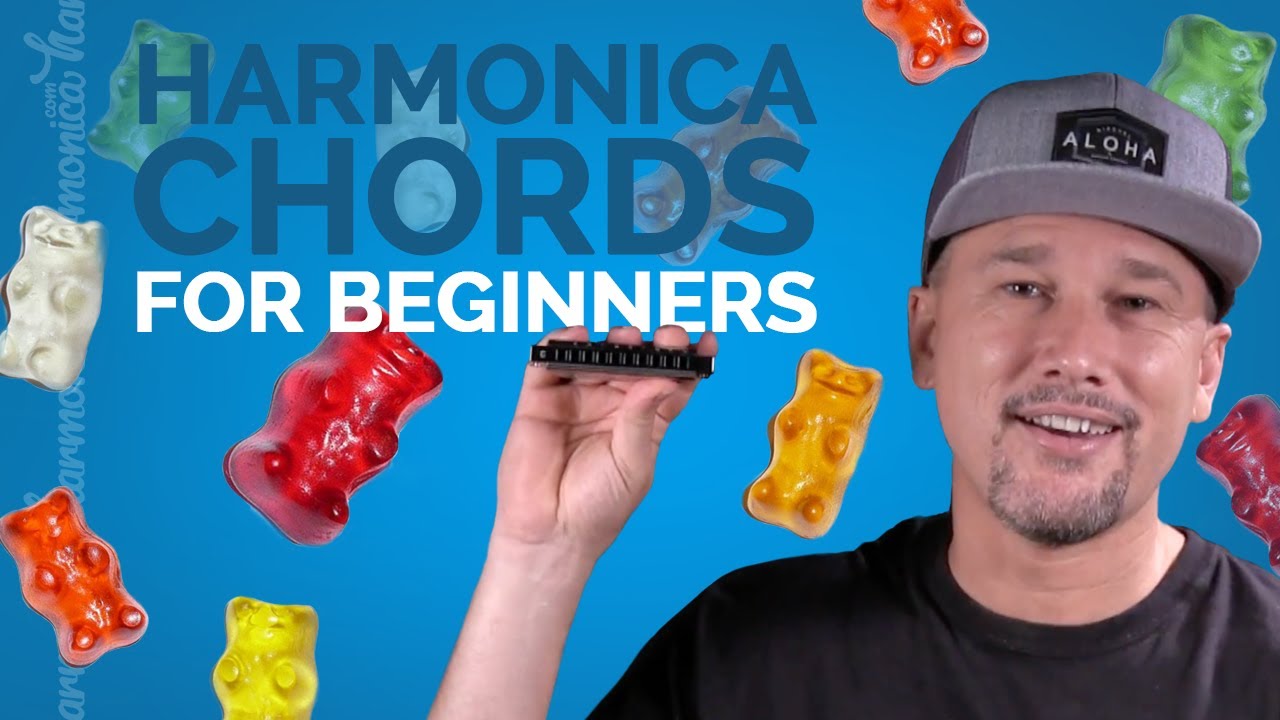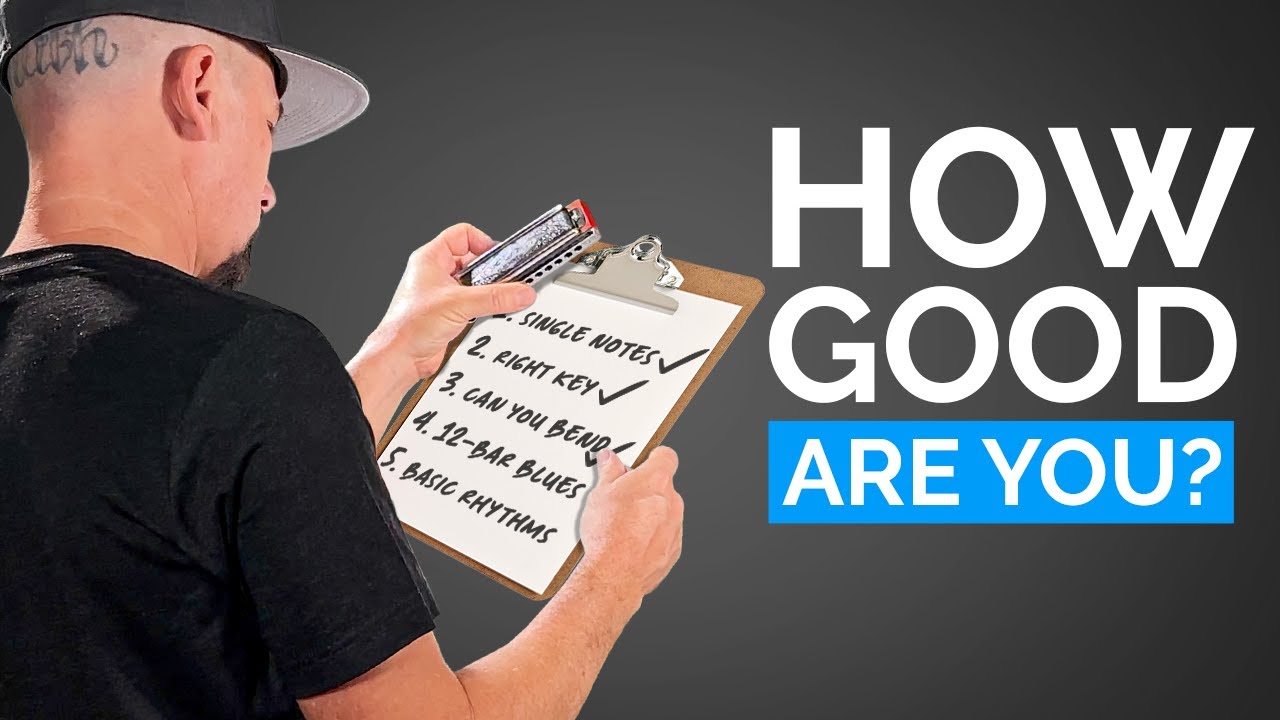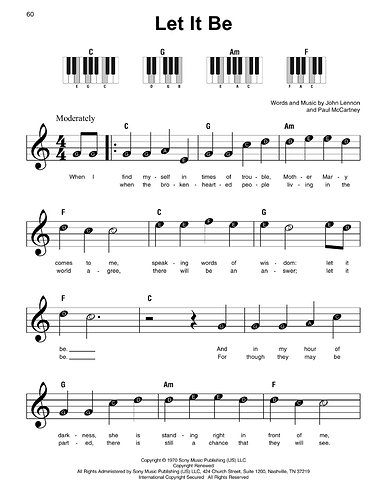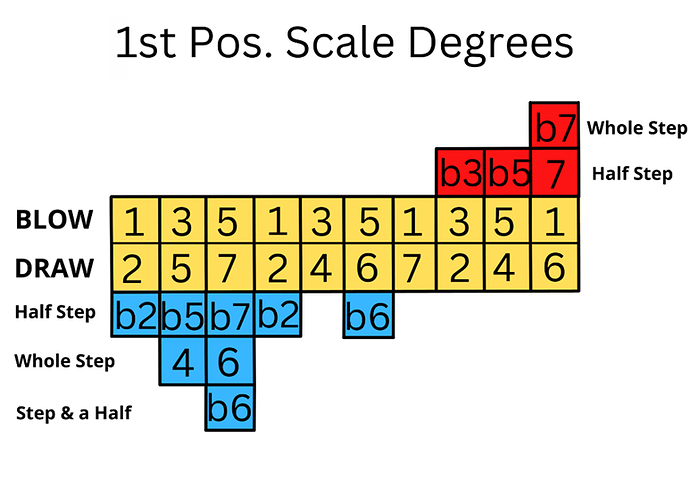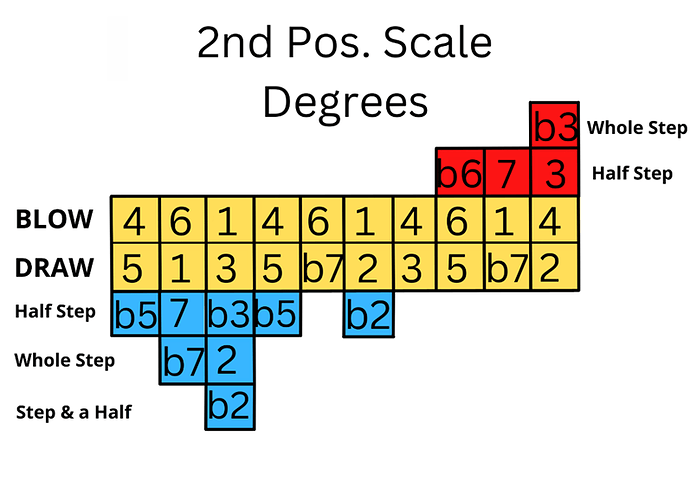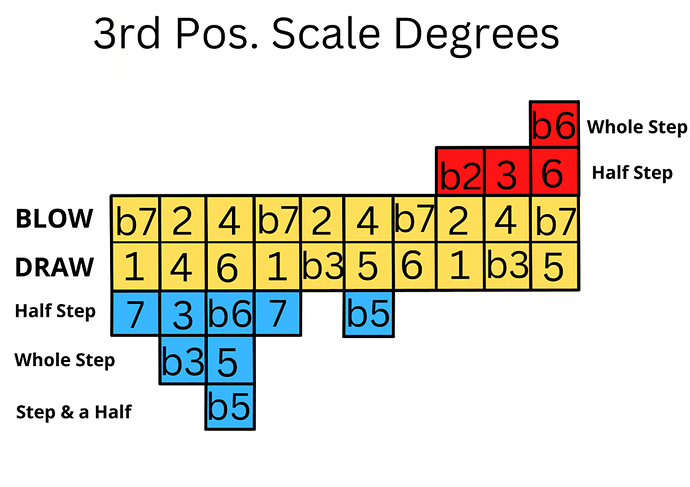I would love to have you, or anyone else here in the group cover one of my songs.
ON OUR WAY is the very first tune I put words to and you, @Luke, are an unwitting participant. Somewhere on one of your videos, or here on the forum, you mentioned that you had gone up and down the BLUES SCALE, many, many times. I don’t remember the number exactly, but I thought, “Hey, I can do that.”
At first, I was playing pretty much the “Almost Blues scale” the four bend, but it sounded alright, so I continued. The song just goes up and down the scale, as I’m sure y’all figured… What was my surprise when I started checking my notes against the piano and figured I wasn’t actually playing the notes I thought I was playing. I checked also on the Bending Trainer, same deal. I was off on both of my bends.
So there I sat, tapping at the piano, and then blowing the note to see if I could match it. Pretty soon, I started getting more consistent, and then boom, all of a sudden, the song took on a different texture.
As I drank my morning Joe, I didn’t want to play my harp and gunk it up with coffee, so I started playing the piano. The first song I started tapping out was ON OUR WAY.
As I learned the melody, then I began searching for CHORDS, and with some experimentation, went through a couple of phases. My first phase, I played it in A, and figured some chords. Then I liked the way my voice matched better in G, so I went down and started working on the chords there.
While going up the scale, MAJOR CHORDS all the way up is actually much easier to play on the pian0, because of how it hits mostly white keys, it just didn’t quite sound right. The first chord, definitely sounded better to me in Gm, than major. But then the second interval sounded better in major, so I went with that. As I went up and down, and after I had done it, all I was doing was trading Major and Minor chords up and down.
I started doing this with other songs, mainly for ease. For example, on my song LIGHT, I do a pentatonic on the first five notes of the major scale, up and down. When I do the chords, I just follow the natural order on the white keys, in C. So I go Major, minor, minor, major, major, and then back down again.
It makes it very easy to play, and I like the sound of the different chords. So thus was my question about how to best play along with the harmonica.
I think perhaps maybe as important as the notes we are playing on the harp, is the vibe we create. I will post another version of ON OUR WAY on the harmonica in G on the other post here on the forum about WHAT SONG ARE YOU PLAYING along with the tabs.
Again, I would love for anyone here willing to give it a shot to COVER it… 

Thanks for all your wisdom and support @Luke

